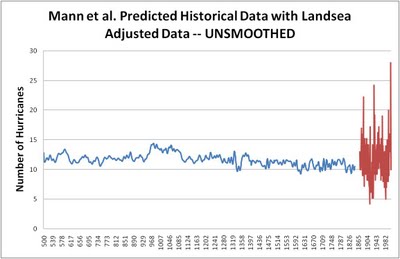
© AP PhotoFamily members of the deceased come to the major landslide village of Shiao Lin and call their late family's spirit to rest in peace following Typhoon Morakot hit the area Sunday, Aug. 16, 2009, in Kaohsiung County, southern Taiwan. The first shipments of foreign aid arrived Sunday as Taiwan struggled to reach more than 4,000 people still stranded a week after its deadliest typhoon in half a century.
The first shipments of foreign aid arrived Sunday as Taiwan struggled to reach more than 1,000 people still stranded a week after its deadliest typhoon in half a century.
As plastic sheeting for makeshift housing arrived from the U.S. and water purification tablets came from Australia, taxi drivers in the capital, Taipei, pitched in, driving rice and instant noodles to the island's hard-hit rural south.
President Ma Ying-jeou, who says the death toll from Morakot is likely to exceed 500, offered another apology for his government's response to the disaster after families said more lives could have been saved.
"Sorry we were late," he told people in Pingtung County. "As the president, I will take full responsibility in getting the remaining work done well."
The head of Taiwan's relief operation, Mao Chi-kuo, denied mounting criticism that authorities had failed to evacuate villagers soon enough, blaming the record rainfall instead.









